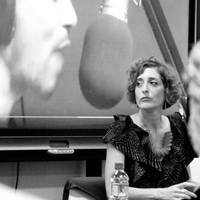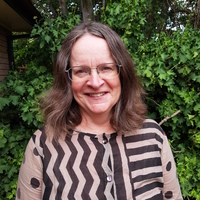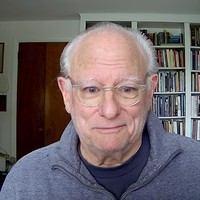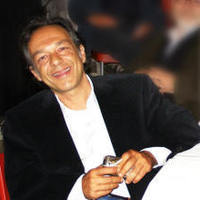
Olha Tikhonova
Olha Tikhonova has started the studies in architecture in Ukraine, where she obtained a Master's Degree with Honor. Her European Ph.D. title with the highest distinction she obtained in Lisbon in 2020. Her field of interest is typological and morphological studies of fortified palaces and fortified urban settlements.
She has been awarded by several scholarships during her studies: 09/2014-07/2017: Research scholarship at Universidade de Lisboa (INFINITY project). July 2016: Research Fellowship Training in Warsaw, sponsored by East European Summer School. 01/2018-04/2018: Research fellowship at Technische Universität Wien, financed by the Scholarship Foundation of the Republic of Austria.
Olha is a member of the Design & Computation Group at FA/ULisboa.
She has been awarded by several scholarships during her studies: 09/2014-07/2017: Research scholarship at Universidade de Lisboa (INFINITY project). July 2016: Research Fellowship Training in Warsaw, sponsored by East European Summer School. 01/2018-04/2018: Research fellowship at Technische Universität Wien, financed by the Scholarship Foundation of the Republic of Austria.
Olha is a member of the Design & Computation Group at FA/ULisboa.
less
Related Authors
Alana Lentin
Western Sydney University
Alexandra Chavarria Arnau
Università degli Studi di Padova
David Seamon
Kansas State University
Nina Glick Schiller
The University of Manchester
Laurajane Smith
The Australian National University
Neil Silberman
University of Massachusetts Amherst
Gennaro Tedeschi
Università degli Studi di Trieste
Sverrir Jakobsson
University of Iceland
Dimitris P. Drakoulis
Aristotle University of Thessaloniki
Mikhail (Mykhailo) Minakov
Woodrow Wilson International Center for Scholars
InterestsView All (6)










Uploads
Papers by Olha Tikhonova
fortification walls by comparing two European cities. Similarities in
their historical development raised the question of whether they
share urban morphotypes at the block level. To address this question,
we conducted an urban matrix analysis using k-means clustering,
applied to a database of morphological attributes from two
different urban elements – buildings and urban blocks – with
buildings considered as parts of blocks. Data revealed common
patterns and unique features of each city and helped assess the
degree of similarity among them. Results suggest that the two cities
have different development outcomes. Six block types were identified,
four of which were found in both cities but with a different
distribution of prevailing building types. Moreover, two of them
were found to be unique to each city. We offer potential explanations
of the observed differences and discuss them.
Keywords: Map of the Kingdom of Galicia and Lodomeria, Bastion castles, cadaster maps.
fortification walls by comparing two European cities. Similarities in
their historical development raised the question of whether they
share urban morphotypes at the block level. To address this question,
we conducted an urban matrix analysis using k-means clustering,
applied to a database of morphological attributes from two
different urban elements – buildings and urban blocks – with
buildings considered as parts of blocks. Data revealed common
patterns and unique features of each city and helped assess the
degree of similarity among them. Results suggest that the two cities
have different development outcomes. Six block types were identified,
four of which were found in both cities but with a different
distribution of prevailing building types. Moreover, two of them
were found to be unique to each city. We offer potential explanations
of the observed differences and discuss them.
Keywords: Map of the Kingdom of Galicia and Lodomeria, Bastion castles, cadaster maps.